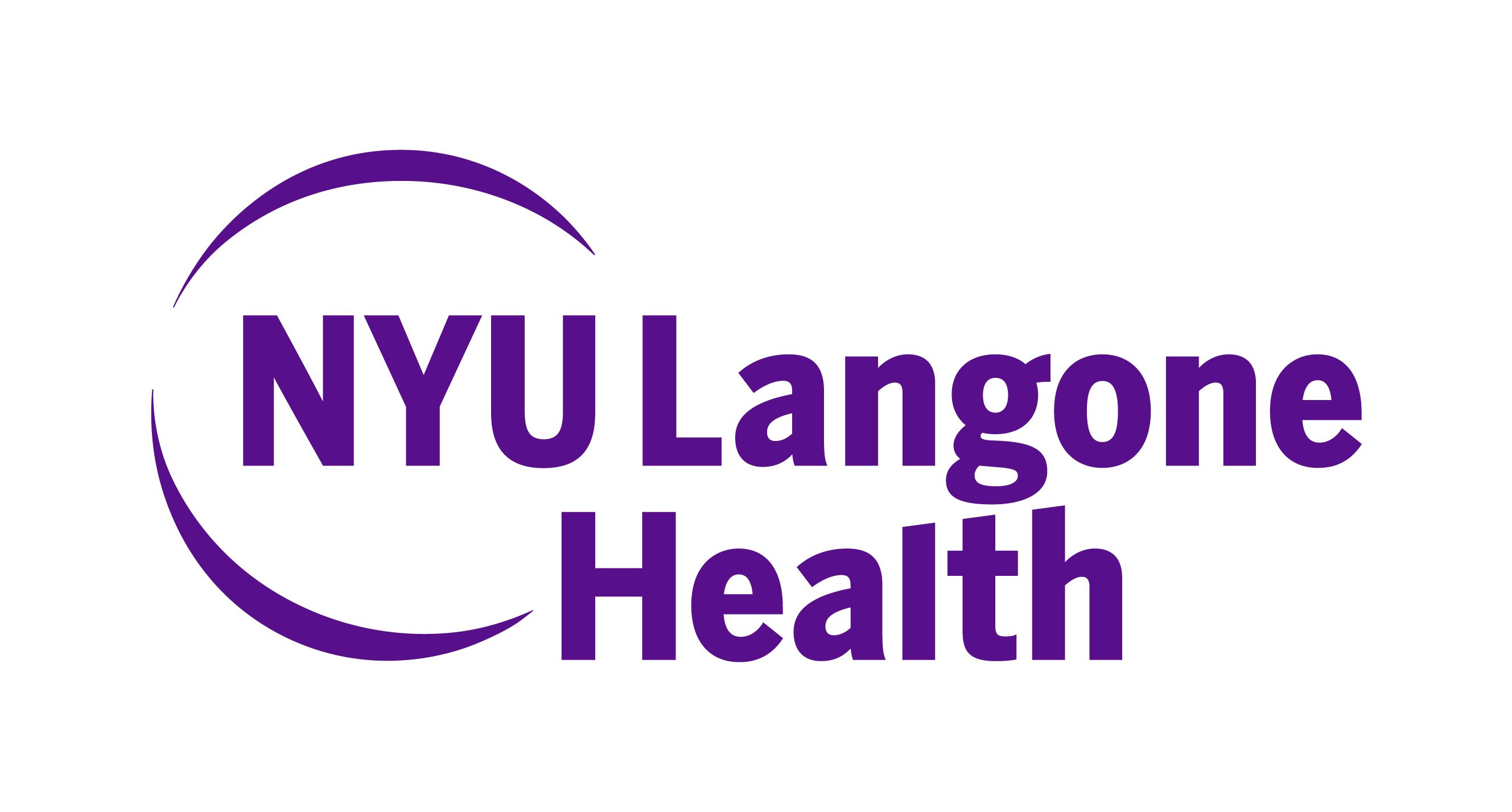
Jennifer Frontera, MD: Neurologic Implications of COVID-19 Infection

The professor of neurology at the NYU Langone Grossman School of Medicine gave her reaction to the data she and colleagues published on neurologic disorders in patients with COVID-19.
"Toxic metabolic encephalopathy was the most common neurological disorder that we saw in the context of COVID. We know that that's common in general and hospitalized patients, but the severity of it was somewhat surprising to us, I would say.”
Throughout the COVID-19 pandemic, researchers have been trying to uncover more data detailing how the virus may impact neurologic pathology. In contrast to prior retrospective studies that focused on the conglomerate prevalence of non-specific neurologic symptoms along with neurologic diagnoses, Jennifer Frontera, MD, and her colleagues applied rigorous, standardized criteria to identify the prevalence of specific neurologic diagnoses in a prospective fashion.
Frontera, a professor of neurology at the NYU Langone Grossman School of Medicine, and colleagues found that
NeurologyLive originally
Newsletter
Keep your finger on the pulse of neurology—subscribe to NeurologyLive for expert interviews, new data, and breakthrough treatment updates.




















